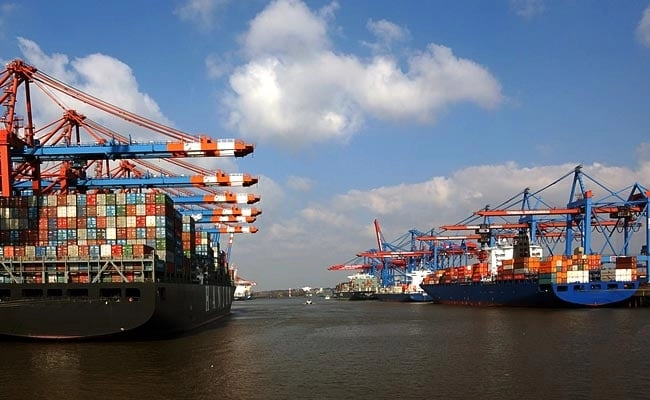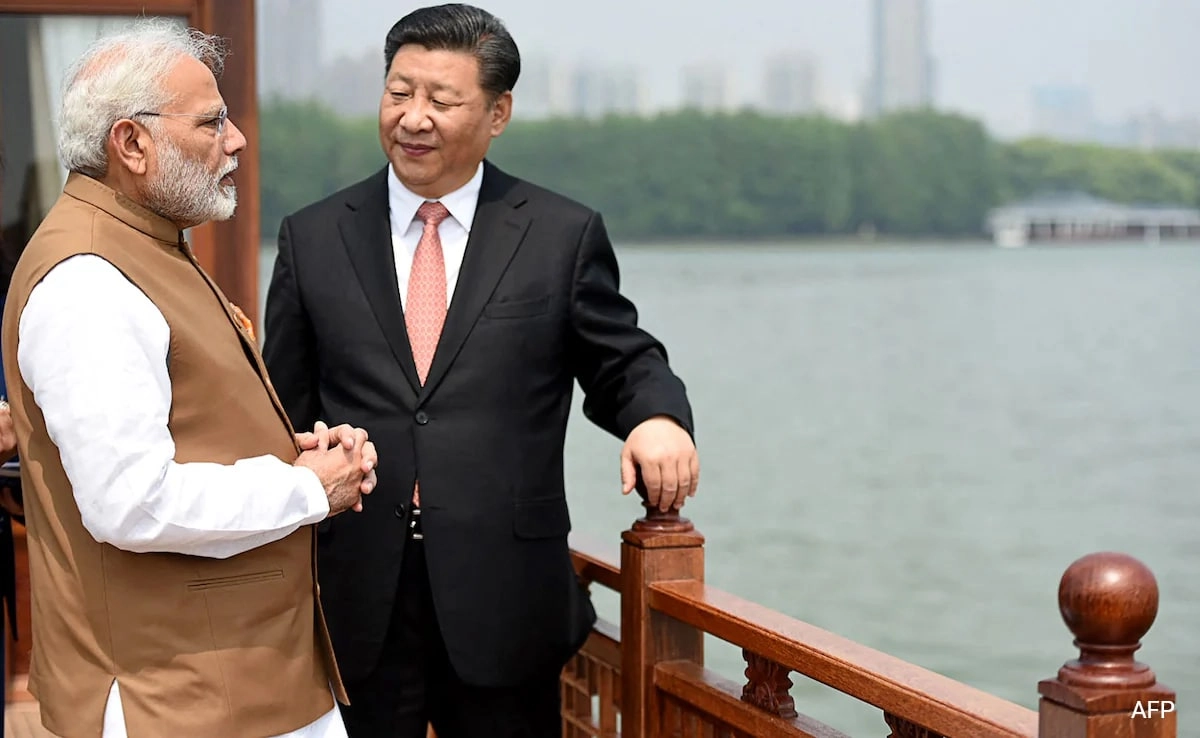In response to the tariffs imposed by the Trump administration, India is strategically recalibrating its trade policies to expand export markets while simultaneously boosting local demand. The tariffs, which have significantly impacted various sectors, have prompted Indian policymakers to look beyond traditional trade relationships and seek new opportunities in emerging markets. This move is not only about mitigating the adverse effects of the tariffs but also about positioning India as a more competitive player in the global marketplace. By diversifying its export destinations, India aims to reduce its dependency on the U.S. market, thereby enhancing its economic resilience.
To achieve these objectives, India is investing in strengthening its relationships with countries in Southeast Asia, Africa, and Latin America. These regions present untapped potential for Indian goods and services, especially in sectors like pharmaceuticals, textiles, and information technology. Furthermore, India is actively engaging in various trade agreements and partnerships that facilitate easier access to these markets. By bolstering trade ties with these nations, India hopes to offset the losses incurred due to U.S. tariffs and create a more balanced trade portfolio.
In addition to expanding export markets, India is also focusing on boosting local demand to stimulate economic growth. This involves incentivizing domestic consumption through various measures, such as tax rebates, subsidies, and promotional campaigns aimed at encouraging consumers to buy local products. The government is keen on fostering an environment that supports small and medium enterprises (SMEs) and startups, recognizing their critical role in driving innovation and creating jobs. By nurturing local industries, India not only aims to reduce reliance on imports but also to enhance its self-sufficiency in key sectors.
Moreover, the emphasis on boosting local demand aligns with India’s broader economic goals, including the “Make in India” initiative, which seeks to transform the country into a global manufacturing hub. By fostering a robust domestic market, India can create a sustainable economic ecosystem that thrives even in the face of external challenges, such as fluctuating global trade dynamics. The combination of expanding export markets and enhancing local consumption is expected to provide a dual advantage, enabling India to weather the storm of tariffs while laying the groundwork for long-term economic stability and growth.
In conclusion, India’s approach to countering the Trump tariffs reflects a comprehensive strategy that prioritizes both international trade diversification and local economic empowerment. By leveraging its strengths and exploring new markets, India aims to not only mitigate the impact of external trade barriers but also to build a resilient economy that can thrive independently. This multifaceted plan underscores India’s commitment to enhancing its global economic standing while fostering a vibrant domestic market that benefits all segments of society.




